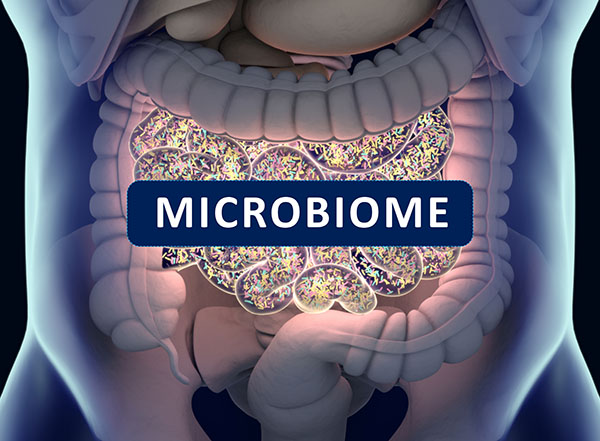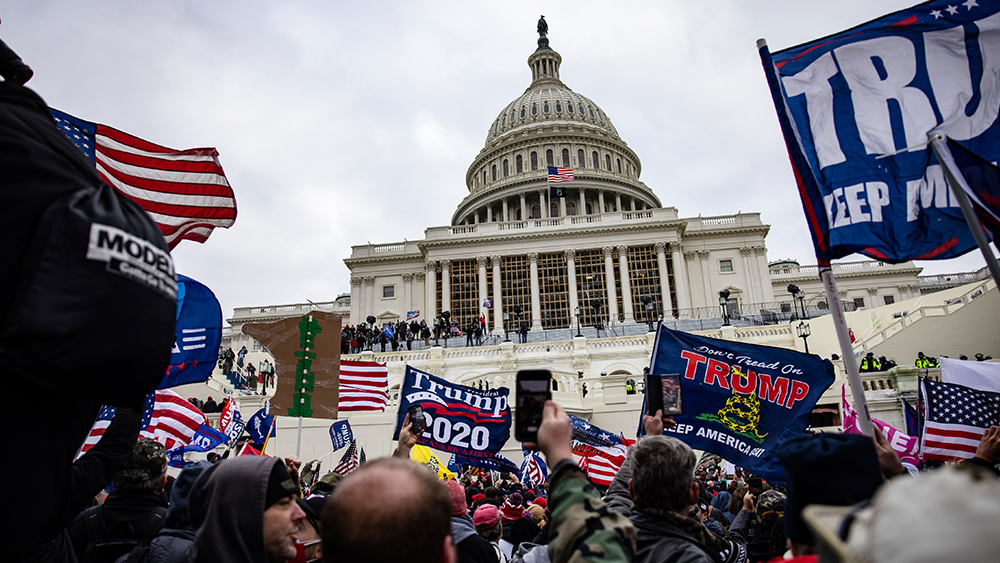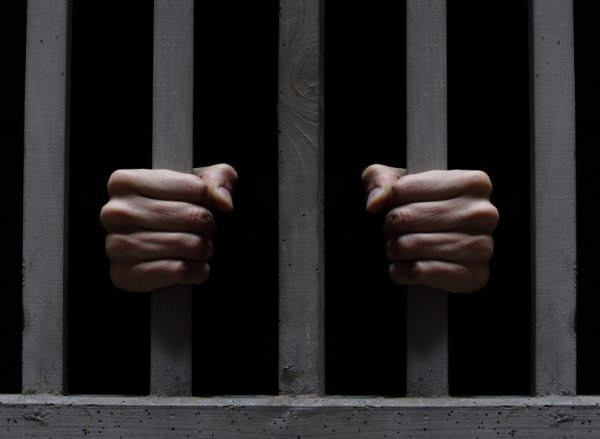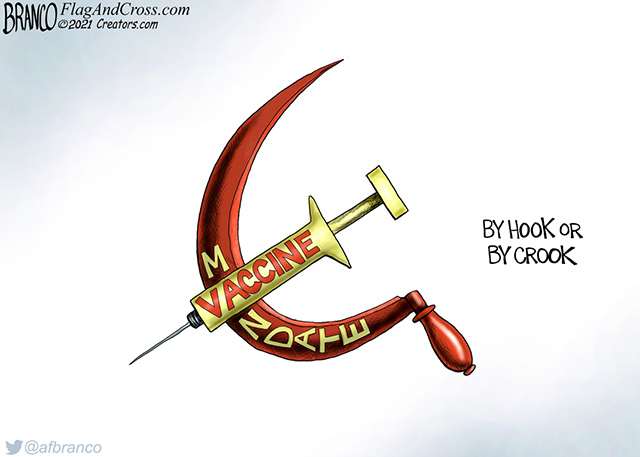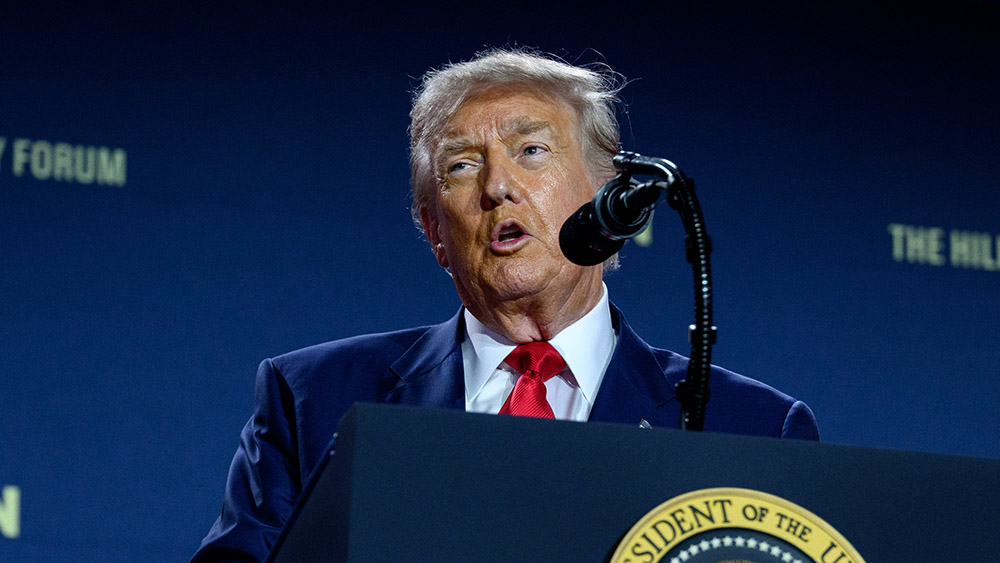- The U.S. health care system has a chaotic, opaque pricing structure where costs for identical services vary drastically by patient—disproportionately harming the uninsured, underinsured and those with pre-existing conditions.
- The shift from not-for-profit health care to corporate-driven models prioritizes financial gains, leading to inadequate care, cost-cutting measures (e.g., staff reductions) and unsafe hospital conditions.
- Over 44 million Americans lack insurance, and millions more are underinsured, resulting in delayed treatments, preventable deaths (18,000 annually) and financial ruin due to medical expenses.
- Drug companies inflate prices through aggressive marketing and profit-focused practices, making U.S. prescription drug costs among the highest globally while prioritizing shareholder returns over patient needs.
- Experts advocate for a single-payer system to streamline costs, ensure universal coverage and empower government negotiation of drug prices—framing health care as a human right rather than a commodified service.
In a startling analogy, imagine a supermarket where the price of a box of Cheerios varies wildly depending on the customer. For one person, it's $5.41; for another, $6.76; and for yet another, an astonishing $29.92. This scenario, while absurd in the context of grocery shopping, is a reality in American health care, where the cost of medical services is often arbitrary and unpredictable. This is the central theme of Donald L. Barlett and James B. Steele's eye-opening book, "
Critical Condition: How Health Care in America Became Big Business and Bad Medicine," which exposes the labyrinthine and often unjust nature of the U.S. health care system.
The transformation of American health care from a largely not-for-profit endeavor to a profit-driven industry has had profound and often detrimental effects on patients. Over the past few decades, publicly traded corporations have increasingly dictated the terms of health care, influencing everything from the choice of doctors to the availability of medications and treatments. This shift has led to a system where the bottom line often takes precedence over patient care.
One of the most glaring issues is the disparity in pricing. Hospitals employ a secretive pricing system that results in vastly different charges for the same services. A corporate executive might pay one price, while a self-employed individual or someone with a pre-existing condition could be charged significantly more. This system disproportionately impacts those who can least afford it, exacerbating existing inequalities.
The numbers paint a grim picture. Forty-four million Americans are uninsured, a figure that exceeds the combined population of California and Texas. These individuals often work hard but cannot afford insurance, live in areas with limited provider access, or are deemed too risky by insurers. However, the uninsured are not the only ones suffering. Tens of millions more are underinsured, with coverage so inadequate that a serious illness or injury could lead to financial ruin.
The human cost of this broken system is staggering. Each year, 18,000 Americans die due to lack of health insurance. These individuals often postpone treatment until it's too late, cannot afford life-saving medications, or are forced to choose between paying for food and medical care. The stress of navigating this complex and often hostile system also takes a toll on everyone, with patients and their families spending countless hours battling insurance companies over bills.
The idea that the free market would solve the problems of American health care has proven to be a colossal failure. The notion that competition would drive down costs and improve quality has been repeatedly debunked. Instead, the system prioritizes profits over patients, often focusing on selling more services rather than better ones.
The pharmaceutical industry exemplifies this trend, with prescription drug prices among the highest in the world. Drug companies spend billions on advertising, often promoting medications for conditions they weren't originally intended to treat. This focus on profit has led to a situation where the cost of medications continues to skyrocket, further burdening consumers.
Wall Street has played a significant role in the transformation of American health care. Investment bankers have fueled the rise of for-profit hospitals, physician practice management companies and temporary staffing agencies. These financial maneuvers have resulted in a constant churn of mergers, acquisitions and bankruptcies, leaving doctors, nurses and patients in a state of uncertainty.
The focus on short-term profits has led to cost-cutting measures that compromise patient care. Hospitals reduce staff, skimp on supplies and cut corners on cleaning and maintenance, resulting in a system that is often unsafe and unsanitary. The rise of call centers in health care is another symptom of the system's dysfunction. These centers, often staffed by low-paid workers with little medical training, are the gatekeepers of care, making decisions that can significantly impact patients' lives.
The pressure to minimize call times and maximize efficiency often leads to rushed decisions and inadequate care. Patients are left feeling frustrated and unheard, while doctors are forced to navigate the bureaucratic maze. The outsourcing of jobs to overseas call centers further complicates matters, raising concerns about patient privacy and the quality of care.
As the American health care system stands at a crossroads, the need for reform is urgent. Many experts argue that a single-payer system is the way forward, providing universal coverage, reducing administrative costs, and allowing for better coordination of care. Such a system would also give the government the power to negotiate drug prices and implement cost-saving measures.
The American health care system is at a critical juncture. The status quo is unsustainable, and the need for change is clear. As people consider potential solutions, they must remember that health care is not just a commodity—it's a fundamental human right. The journey to a more equitable and effective system will be challenging, but it is a journey that must be undertaken to ensure the well-being of all Americans.
Watch this video about Donald L. Barlett and James B. Steele's book "Critical Condition: How Health Care in America Became Big Business and Bad Medicine."
This video is from the
BrightLearn channel on Brighteon.com.
Sources include:
Brighteon.ai
Brighteon.com

